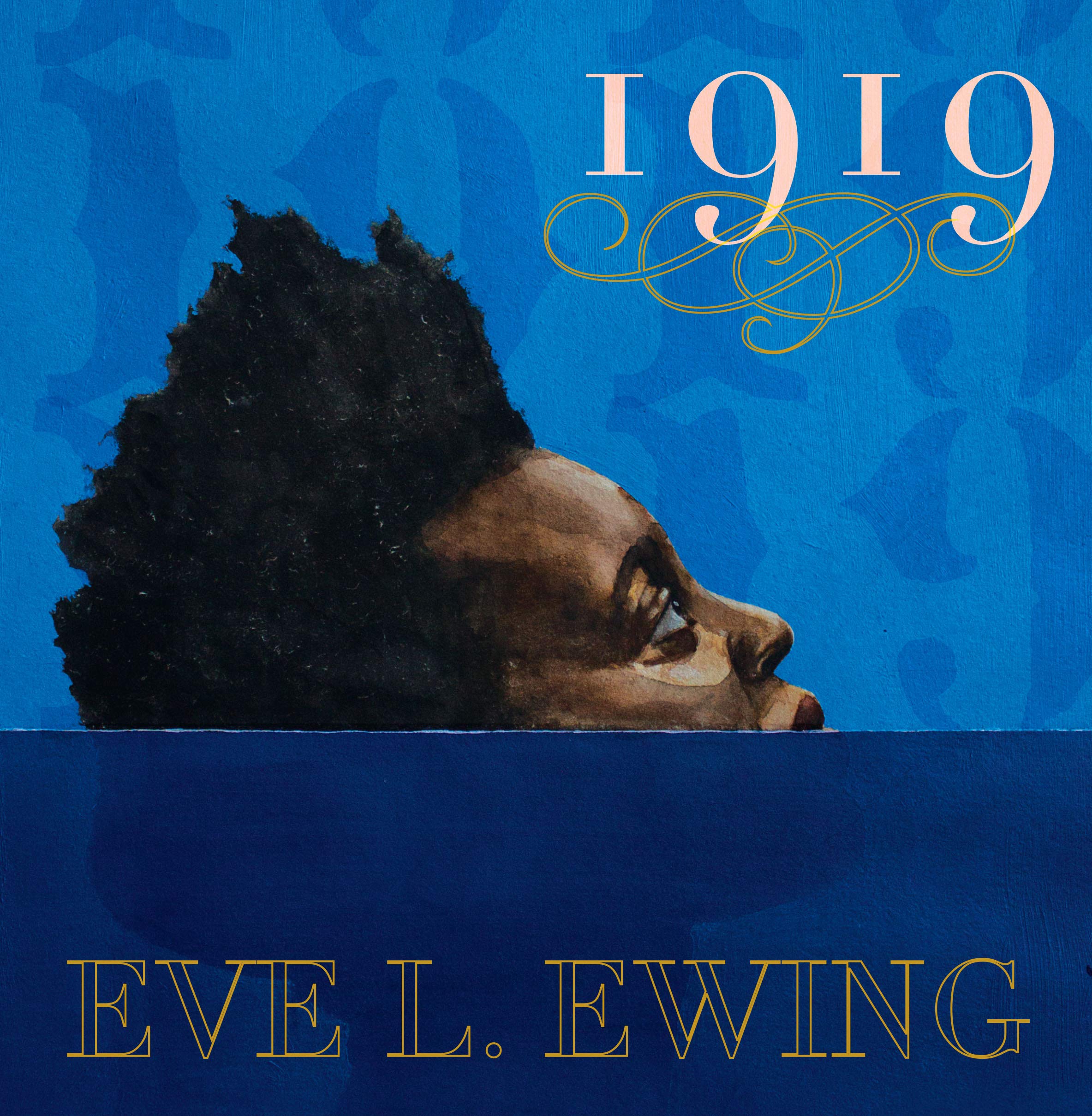More Thoughts from the book of poems, 1919, by Eve Ewing
“Haibun for July 30”
. . . .
after days of blood,
candles in the window again
birds shake off the rain
A couple of things:
1)Many of her poems are reactions to research on the 1919
Chicago Race Riot—specifically to The
Negro in Chicago: A Study on Race Relations and a Race Riot, a 1922 report,
an old book sitting on library shelves that broke Eve Ewing open when she read
it. “ . . . It was so direct and made such a bold claim on totality.”
Here is the excerpt she is reacting to from that study:
Rain on Wednesday and
Thursday drove idle people of both races into their homes. The temperature
fell, and with it the white heat of the riot. (7)
Eve Ewing did not approach this collection with a set
methodology. She searched for the most (to her) authentic response/form. She
chose to write a haibun.
From an interview I found online:
“There’s a haibun in the book (“Haibun for July 30”). People
are more familiar with haiku, but what the haibun does is allow you to explore
a moment in nature that has a beauty or simplicity to it, but without as much
brevity. When I thought about how to write about the natural world as it
pertains to this story, I thought of this moment of the rain. The riots
momentarily stopped because it rained, which was so beautiful to me. Even in
moments of incredible violence, there’s still rain, there are still trees,
there are still birds, there’s still grass. It’s still summer in Chicago. So
that’s an example of my thinking — not to use form as an exercise or novelty
but to use it to illustrate or amplify the narrative.”
So she begins the piece with a prose poem setting the stage,
details of rain on city streets, fat drops falling from leaves in the trees,
imagining the scene—then writes 3 short lines. Beautiful.
From Writer’s Digest:
The haibun is the combination of two poems: a prose poem and
haiku. The form was popularized by the 17th century Japanese poet Matsuo Basho.
Both the prose poem and haiku typically communicate with each other, though
poets employ different strategies for this communication—some doing so subtly,
while others are more direct.
The prose poem usually describes a scene or moment in an
objective manner. In other words, the pronoun “I” isn’t often used—if at all.
Meanwhile, the haiku follows the typical rules for haiku.
It occurs to me that haibun is a perfect form for creating
flash—a vignette based in nature and then a haiku as a sublime ending to the
whole thing.
Ending to the whole thing.
--other forms to explore:
tanka, waka, haiku, prose poem
keep reading this week's post for MORE

Comments